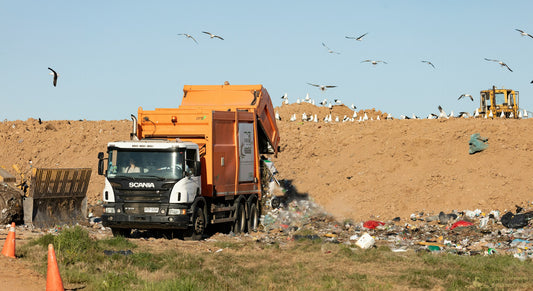Share
Have you ever wondered what flies out of those tall, menacing chimneys of waste incinerators? A unique study conducted in the UK has put the spotlight on mothers residing near these incinerators, revealing the presence of toxic chemicals in their breast milk.
Study Findings: Incinerators and Breast Milk
The research focused on complicated chemicals known as polychlorinated biphenyls (PCBs) and dioxins – long-lasting emissions from waste burning, making up the majority of the noxious incinerator fumes. The scary part? They can hang about in our environment for quite a while, and worse, over 90% of them come from food, finding a cozy corner in our body fat to settle down.
Here's where it hits home - the team collected breast milk from 194 first-time mothers living within an approximately 12-mile radius of UK municipal waste incinerators. Given the proximity, the results threw light on some uninvited guests – PCBs and dioxins were present in the breast milk, corroborating the suspicion that they infiltrate our bodies from the environment.
Getting Technical: Emissions, Winds, and Particles
It's essential to remember that emissions from an incinerator aren't just smoke-waltzing-off-a-chimney scenario; the prevailing winds can influence their destiny. The researchers discovered a link between particle pollution from the incinerator chimneys and the levels of PCBs and dioxins detected in the breast milk when they examined data showing where these particles landed on the ground.
We may wonder if long-term exposure to this pollution might accumulate these chemicals in our bodies over time. By examining mothers living near incinerators for over five years, the same link was observed again, hinting at the possibility that continual inhalation of these particles could lead to their buildup in our systems.
What does it mean for you and your baby?
Despite these revelations, experts emphasize that breastfeeding still stands as the best choice for infants, given its numerous proven health benefits. It's critical to note that the presence of these chemicals in breast milk does not markedly elevate health risks at the detected levels. At the end of the day, knowledge is power. Understanding more about the potential invaders in our bodies and our nurturing environments can only lead to better decisions for ourselves and our little ones - even if it means keeping an eye on smoking chimneys.
We hope you enjoyed this article. Please feel free to leave a comment below if you want to engage in the discussion.
If you want to read more like this, make sure to check out our Blog and follow us on Instagram. If you are interested in truly sustainable products, check out our Shop.
Check out the original source here.








